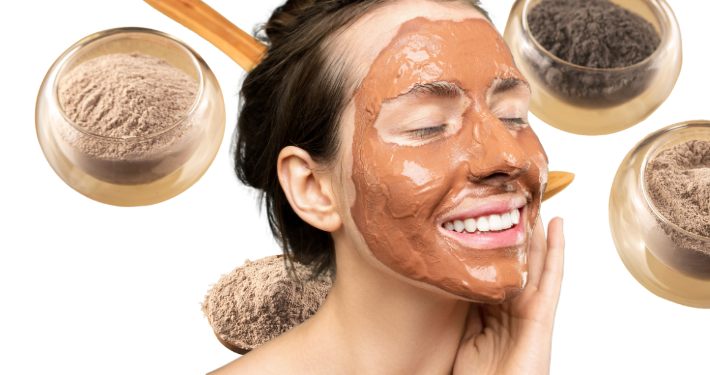24 May 2025
22 May 2025
DIYLight but potent, this underrated oil is like a detox whisperer for skin—gentle yet effective, packed with antioxidants, and perfect for brightening. Paired with purifying clay and a hint of cooling peppermint, it became my secret weapon.
The Recipe That Saved My Skin
Detoxifying Radish & Clay Mask (Beginner-Friendly!)
Why It Works:
✔ Radish oil – Unclogs pores, evens skin tone
✔ Bentonite clay – Draws out impurities like a magnet
✔ Peppermint – Refreshes and calms inflammation

Radish Oil (Raphanus sativus)
Radish Seed Oil is a unique, light-feeling oil known for its excellent slip and potential skin-detoxifying and brightening properties. It's rich in antioxidants and can help improve skin texture. This face mask combines it with purifying clay and a refreshing touch of Peppermint to draw out impurities, refine pores, and leave the skin feeling clean and revitalized.
Best For: Oily or combination skin, congested pores, dull complexion, gentle detoxification.
Experience Level: Beginner
Ingredients:
- 1 tablespoon Bentonite Clay (or Kaolin Clay for a gentler option)
- 1-2 teaspoons Azara Esencial Radish Oil
- 2-3 teaspoons Distilled Water or Rosemary Water (Tonic) to mix to desired consistency
- 1-2 drops Peppermint Oil for a cooling and purifying effect (use sparingly, optional for sensitive skin)
- Optional: 1/2 teaspoon raw honey for added antibacterial and humectant properties.
Equipment:
- Small non-metallic mixing bowl (glass or ceramic)
- Non-metallic spoon or spatula for mixing (wood or plastic)
- Measuring spoons
Instructions:
- Prepare Clay: In the non-metallic bowl, place 1 tablespoon of Bentonite Clay (or Kaolin Clay).
- Add Radish Oil & Peppermint Oil: Add 1-2 teaspoons of Radish Oil and 1-2 drops of Peppermint Oil (if using) to the clay. If using honey, add it now.
- Activate with Liquid: Gradually add the distilled water or Rosemary Water, a little at a time, stirring continuously with the non-metallic spoon/spatula until you achieve a smooth, spreadable paste. The consistency should not be too runny or too thick.
- Mix Thoroughly: Ensure there are no lumps and all ingredients are well combined.
How to Use:
- Apply a thin, even layer of the mask to clean, dry skin, avoiding the delicate eye and lip areas.
- Leave the mask on for 10-15 minutes, or until it is almost dry but not completely cracked and tight. Bentonite clay can be quite drawing, so don't let it dry fully if you have sensitive skin.
- To remove, gently rinse off with lukewarm water, using a soft washcloth if needed. Pat your skin dry.
- Follow with a light moisturizer or a few drops of Azara Esencial Sweet Almond Oil or Arugula Oil.
- Use this mask 1-2 times per week.
Creative Customization & Expert Tips:
- For Sensitive Skin: Opt for Kaolin clay instead of Bentonite, and consider omitting the Peppermint oil or using just 1 spoon of Lavender Oil instead for a soothing effect.
- Spot Treatment: The prepared paste can also be used as an overnight spot treatment on individual blemishes.
- Exfoliating Boost: For a gentle exfoliating effect, add 1/2 teaspoon of finely ground oatmeal or lupine powder to the dry ingredients before adding liquids.
- Hydration Boost for Dry Skin: If your skin tends to be dry but you still want a detoxifying mask, increase the amount of Radish Oil slightly and reduce the clay drying time.
- Soap Making Consideration: Radish Seed Oil is not a common soap-making oil in large quantities, but its unique fatty acid profile (rich in erucic acid) can impart a silky, emollient feel and good slip. It could be an interesting addition for experienced soap makers in small percentages (e.g., 1-5%) as part of a superfat or specialty oil addition. Its light color and mild scent are unlikely to heavily influence the final soap. Due to its uncommon nature in soap, thorough research on its SAP value and impact on trace/curing would be necessary.
.png)

.png)
.png)